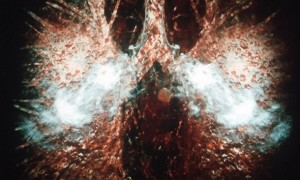Leukemia is actually a group of cancers that originate in the bone marrow. The cause starts when white blood cells start multiplying rapidly and the old ones do not die and get replaced, these white cells begin to block the growth of red blood cells and platelets that are just as vital for the system. Because of this, there is an imbalance and slowly these white cells start to clump together and get cancerous. It usually starts in the bone marrow and through the blood system, travels to other parts of the body. The family under this form of blood cancer are: Acute Lymphoblastic Leukemia (ALL), Acute Myeloid Leukemia (AML), Chronic Lymphocytic Leukemia (CLL) and Chronic Myeloid Leukemia (CML).
The signs and symptoms for Leukemia are quite specific to patients. For one, because of the increase of faulty white cells and the diminishing amount of platelets, efficient blood clotting does not take place. Again, since there is no balance and healthy growth for the other cells, immunity falls. The suspected patients might find themselves getting ill more often and attracting infections. Also, due to the low red blood cell count, the patient turns anemic and due to this, feels tired easily and other organs begin to work slower than usual because they are not getting the nutrition that they need. The diagnosis for leukemia can be done through various tests. The preliminary one is looking at external symptoms followed by a blood count test and bone marrow biopsy. A final test can be a lymph node test to narrow down the branch of leukemia affecting the body. Sometimes if symptoms are not definitive, a complete MRI scan may be taken to find out if other organs are damaged. Still, despite there being so many advances in science, it is estimated that many patients are misdiagnosed and are not diagnosed with leukemia.
Treatment
Depending on the stage of cancer affecting patients, treatments are conducted. Like other forms of cancer, chemotherapy and radiation therapy are practiced most commonly. The main focus is to eliminate damaged tissue and cells so that the disease doesn’t spread further. As part of therapy, the patient is observed regularly to check if the blood is coming back to normal and if there are any other side effects. For severe cases, bone marrow transplant is conducted using the marrow from close relatives who match the DNA.
Liked this article on Leukemia and have something to say? Comment below and don’t forget to SHARE THIS ARTICLE!







